Rising Demand for Precision Surveying
The Total Stations Market is experiencing a notable increase in demand for precision surveying tools. This trend is largely driven by the growing need for accurate data in construction, civil engineering, and land surveying. As projects become more complex, the requirement for precise measurements has intensified. According to recent data, the market for surveying equipment is projected to grow at a compound annual growth rate of approximately 6.5% over the next five years. This growth is indicative of the industry's shift towards more sophisticated technologies that enhance measurement accuracy and efficiency. Consequently, manufacturers are focusing on developing advanced total stations that integrate cutting-edge features such as GPS and laser scanning capabilities, thereby catering to the evolving needs of professionals in the field.
Growing Adoption of 3D Modeling and BIM
The Total Stations Market is increasingly influenced by the growing adoption of 3D modeling and Building Information Modeling (BIM) in construction and architecture. These methodologies require precise measurements and data collection, which total stations are well-equipped to provide. The integration of total stations with BIM software allows for seamless data transfer and visualization, enhancing collaboration among project stakeholders. As the construction industry moves towards more integrated and data-driven approaches, the demand for total stations that can support these technologies is expected to rise. This trend is indicative of a broader shift towards digitalization in the construction sector, where accurate data is paramount for successful project execution. Consequently, total stations are becoming essential tools for professionals aiming to leverage the benefits of 3D modeling and BIM.
Increased Investment in Infrastructure Projects
The Total Stations Market is significantly influenced by the surge in infrastructure projects across various sectors. Governments and private entities are investing heavily in infrastructure development, including roads, bridges, and urban planning. This investment is expected to drive the demand for total stations, as these instruments are essential for accurate surveying and project management. Recent reports indicate that infrastructure spending is anticipated to reach trillions of dollars in the coming years, creating a robust market for surveying equipment. As a result, total stations are becoming indispensable tools for engineers and surveyors, facilitating the efficient execution of large-scale projects. The emphasis on quality and precision in infrastructure development further underscores the importance of total stations in ensuring project success.
Technological Innovations in Surveying Equipment
The Total Stations Market is witnessing a wave of technological innovations that are reshaping the landscape of surveying equipment. Advancements in software integration, data processing, and connectivity are enhancing the functionality of total stations. For instance, the incorporation of real-time data sharing and cloud-based solutions allows surveyors to access and analyze data more efficiently. Furthermore, the introduction of robotic total stations is revolutionizing the way surveys are conducted, enabling automation and reducing the need for manual intervention. These innovations not only improve accuracy but also increase productivity, making total stations more appealing to professionals in the field. As technology continues to evolve, the market is likely to see further enhancements that will redefine surveying practices.
Environmental Regulations and Sustainability Initiatives
The Total Stations Market is also being shaped by increasing environmental regulations and sustainability initiatives. As governments and organizations prioritize sustainable practices, the need for accurate land surveying and environmental assessments has become more pronounced. Total stations play a crucial role in these assessments, providing precise data that informs decision-making regarding land use and environmental impact. The emphasis on sustainability is driving demand for total stations that can facilitate eco-friendly practices in construction and land development. Furthermore, as industries strive to comply with stringent environmental regulations, the reliance on accurate surveying tools is likely to grow. This trend not only highlights the importance of total stations in promoting sustainability but also positions them as vital instruments in the evolving landscape of environmental management.
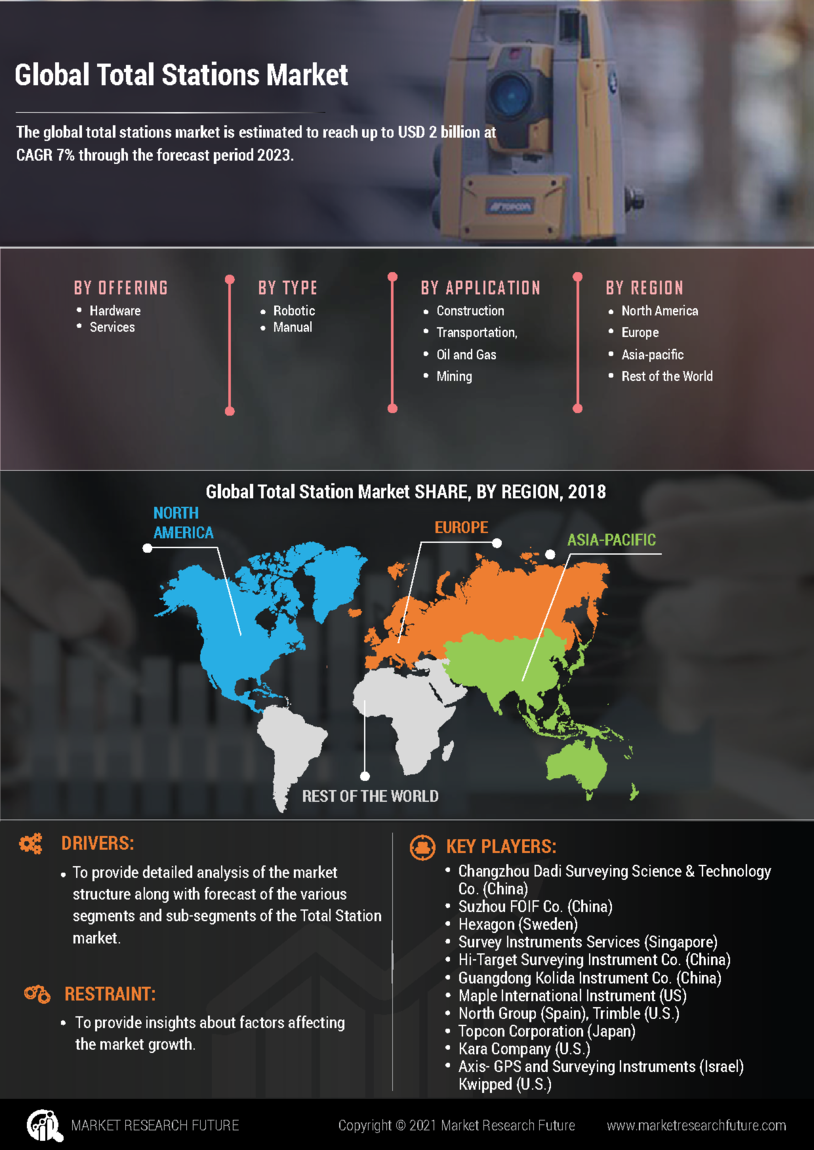
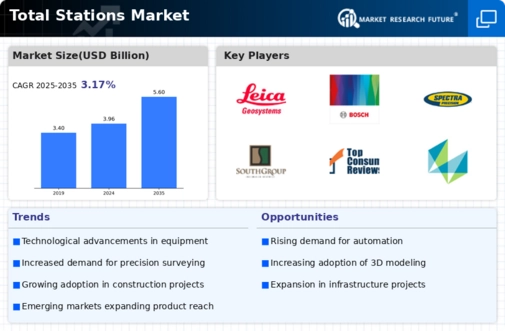
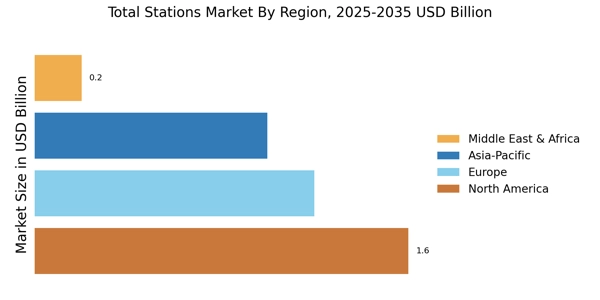
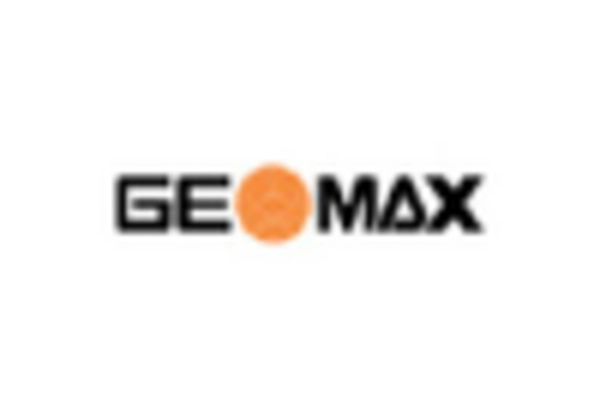
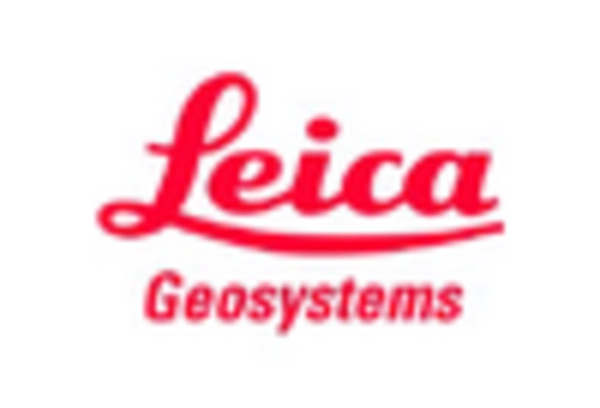












Leave a Comment